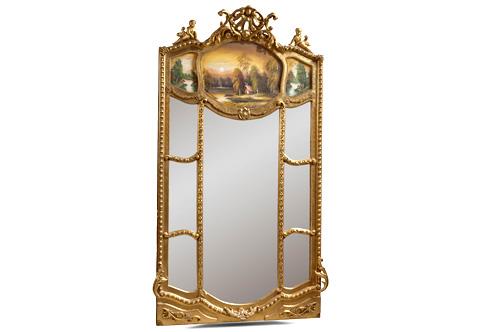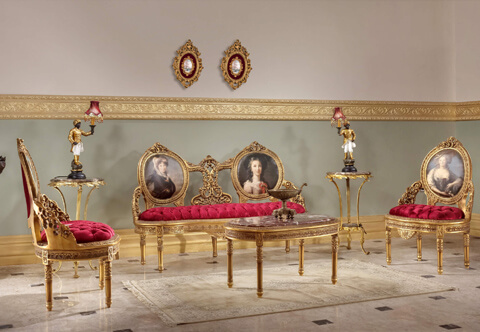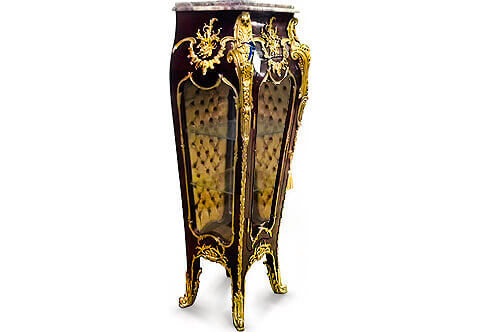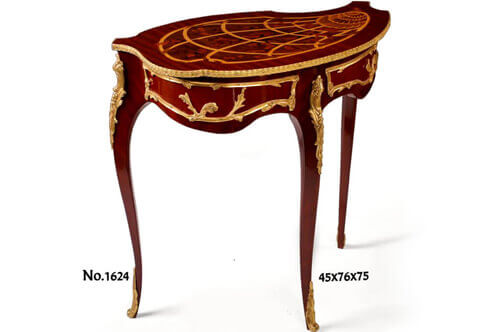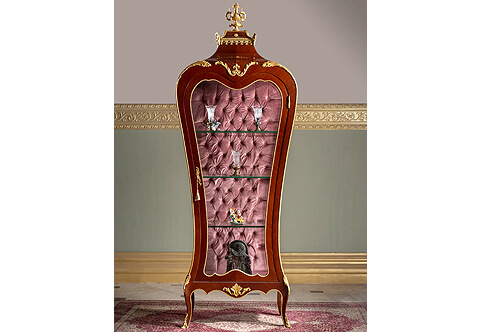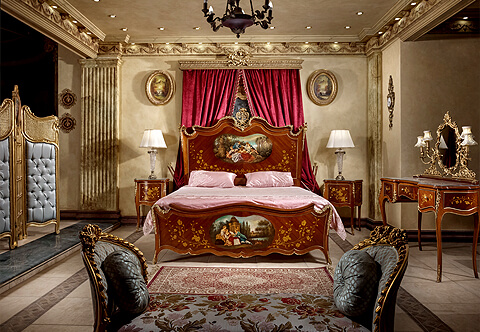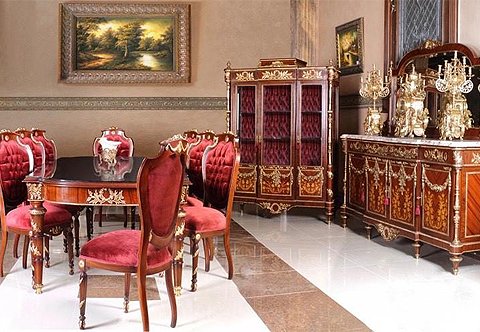French 19th century Louis XV style ormolu-mounted and sans-traverse veneer inlaid opulent grand Bureau Plat after the model by Théodore Millet
Ref#D-1296 | Description
An opulent French 19th century Louis XV style double sans-traverse veneer inlaid and ormolu-mounted Executive grand Bureau Plat after the model by Théodore François Millet and accompanying office furniture set;
The grand desk is raised by four elegant cabriole legs decorated by richly top chased ormolu mounts above ormolu chutes elongated with foliate ormolu trim to the turned wrap around acanthus sabots;
At the scalloped frieze are three drawers with highly detailed foliate ormolu filets in a satin and burnish finish which frame the veneer inlays. Each drawer is elaborately bordered with foliate scrolled ormolu mounts and foliate ormolu handles with ormolu keyhole escutcheon to the central recessed drawer;
The back is similarly decorated with the same design on the three faux drawers. At the top is fine leather writing surface within a rosewood border and Cyma Recta style ormolu scalloped trim extremely finely chased throughout.
The fine bureau plat hand been produced in two versions of veneer inlays and available within an office furniture set comprising of a library bookcase, main swivel armchair, two guests arm chairs and a serving center table per request.
D-1296 | V-667
H:83 x W:180 x D:94cm
Théodore Millet | Louis XV Style
Théodore François Millet
The House of Millet or Maison Millet was founded in 1853 by Théodore François Millet in Paris. Millet was a producer of the finest meubles de luxe from 1853 until 1918, specializing in furnishings designed in the 18th-century taste, the firm was described as producing "meuble et bronze d'art, genre ancient et modern" (furniture and bronze art, ancient and modern styles).
The firm won many honors in a series of exhibitions in London and Paris, including the gold medal at the Paris Exhibition Universelle in 1889, the Grand Prix the following year, as well as three Diplomes d' Honneur and four gold medals.
The firm's greatest honor came in March 1902 when the curator of Versailles Palace authorized Millet to replace Queen Marie Antoinette's celebrated Grand cabinet a bijoux.

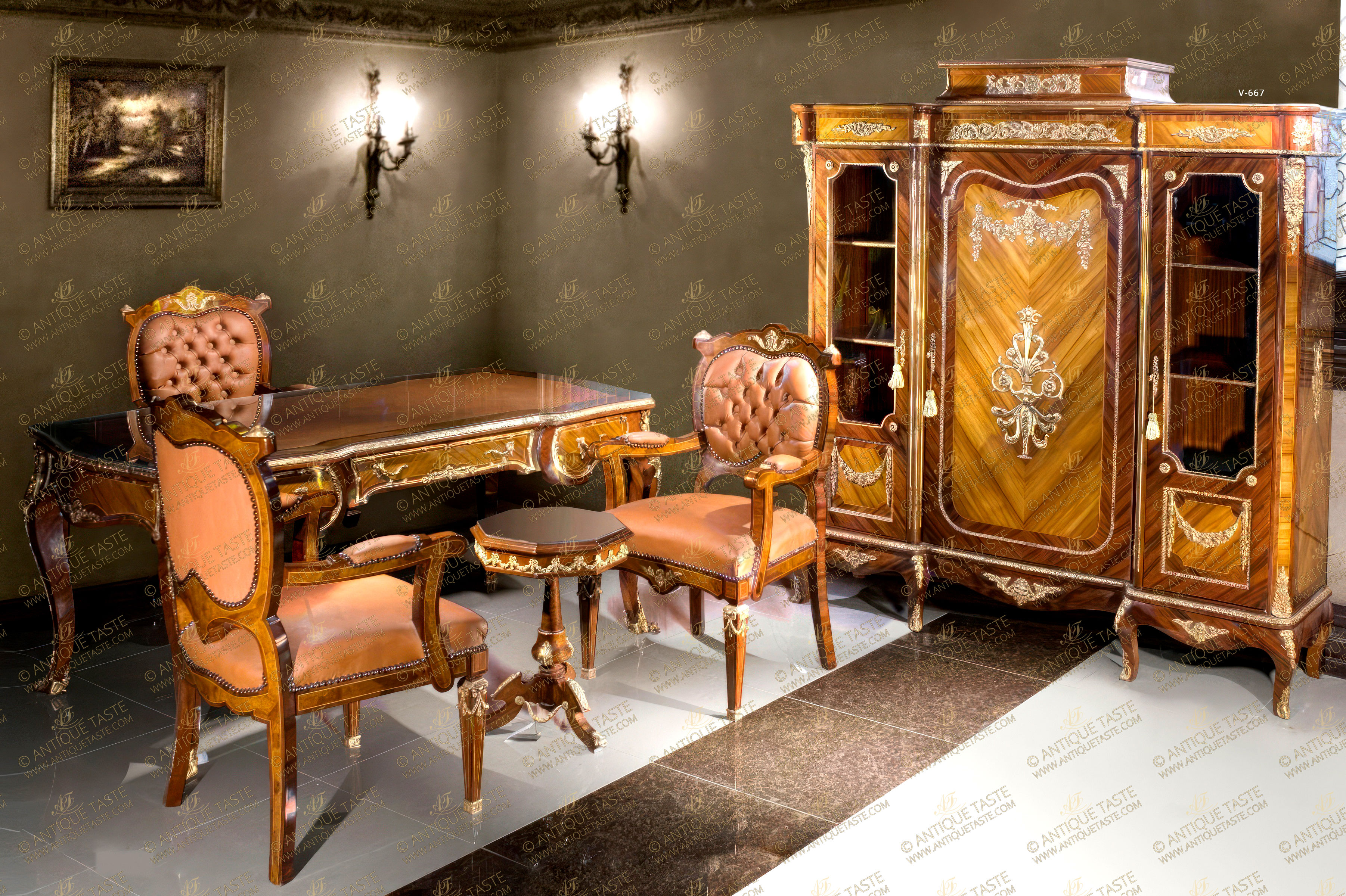
.jpg)
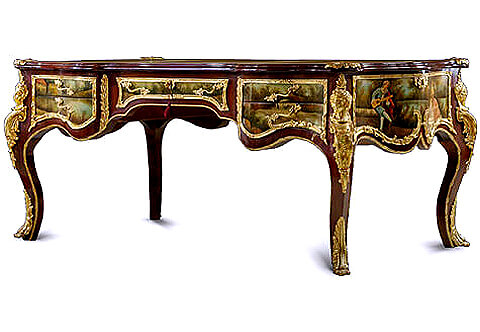
.jpg)
